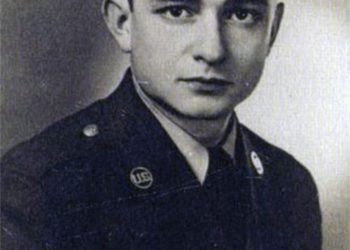Why Didn’t the Germans Design and Use a .50 Cal Machine Gun in WWII?
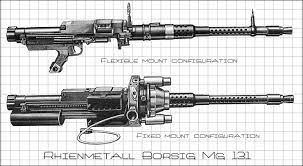
During WWII, both the American and Soviet armed forces used machine guns chambered in 12.7mm. However, the Wehrmacht did not. Why?
It seems odd considering the fact Germany developed a 13.2mm anti-armour and anti-aircraft round during WWI (13.2mm TuF)!
Reasons for Not Adopting a .50 Cal Machine Gun
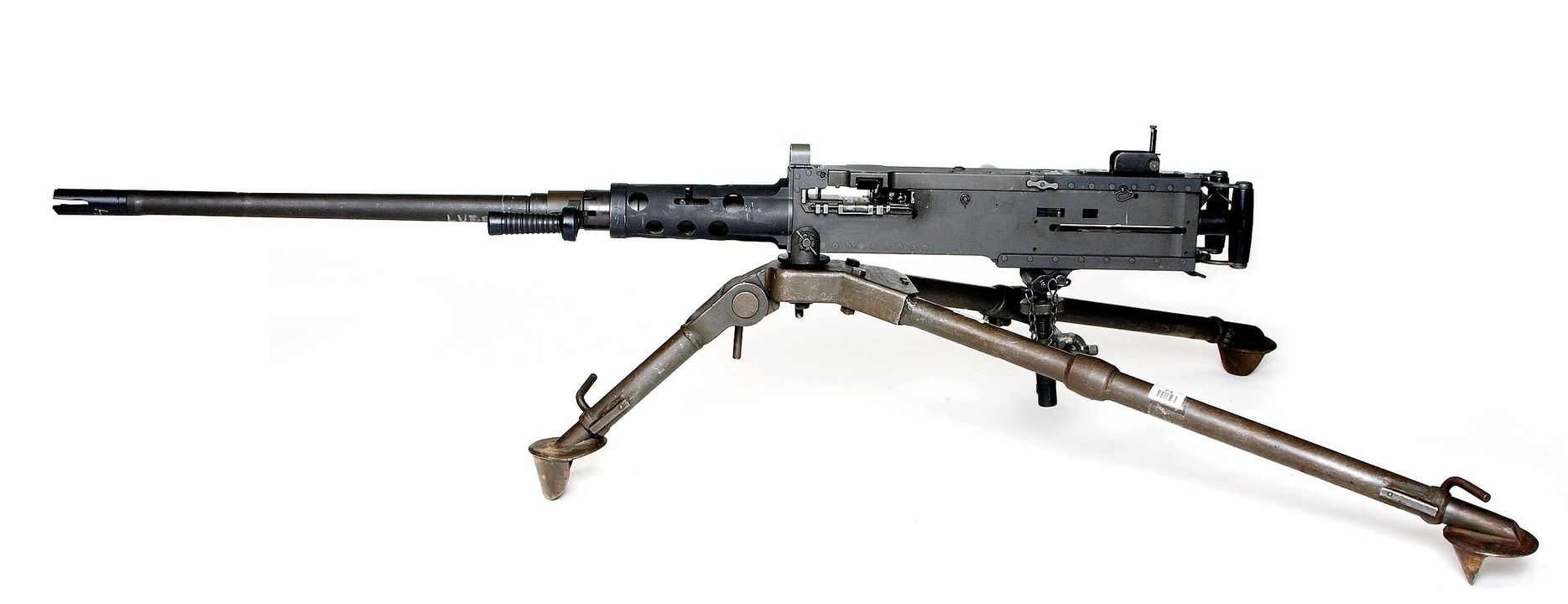
The first reason was that the Wehrmacht was more than happy with the performance of its MG-34/MG-42 firing the 7.92mm cartridge. The 8mm Mauser cartridge packed enough punch to deal with a variety of targets on the battlefield. Furthermore, the MG-42 was comparatively lighter and more mobile than the M2 Browning. What the MG-42 lacked in brute force compared to the M2, it compensated for with a longer effective range and a higher rate of fire.
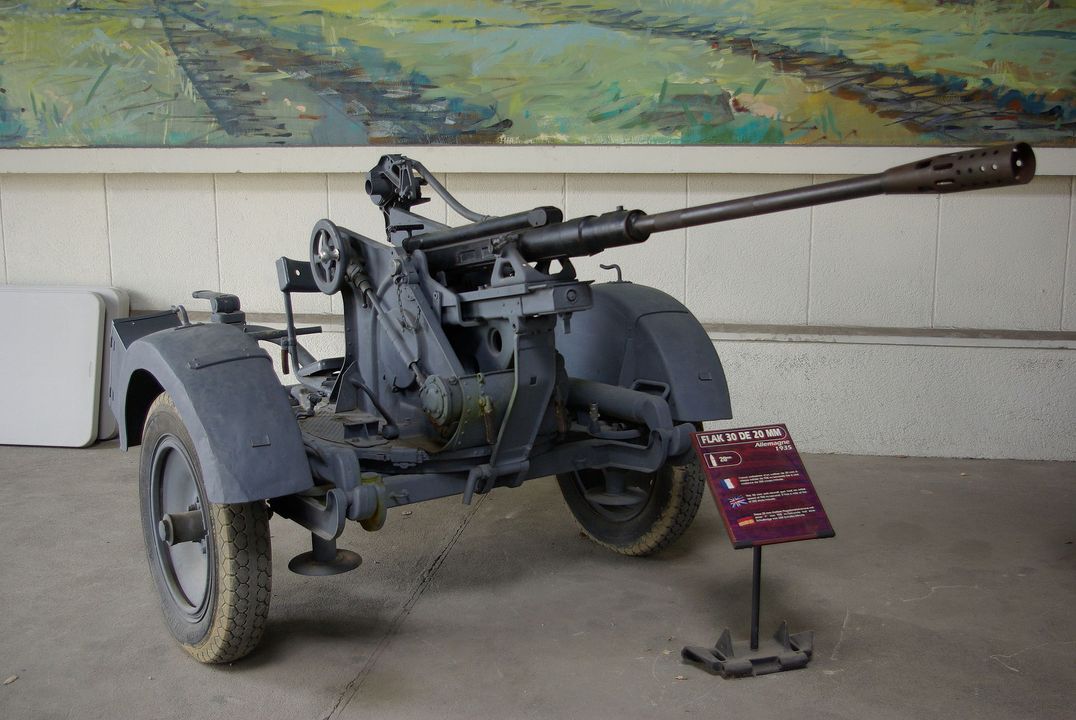
The second reason was that the Wehrmacht also widely used a 20mm autocannon (2cm Flak 30/38). What the 7.92mm cartridge could not deal with, the 20mm shell usually could! The Germans saw no need to bridge the gap between the two calibres as they were both widely available and, between the two of them, could effectively deal with most threats on the battlefield. Furthermore, both the MG-42 and Flak 30/38 could be used alone but also on twin, triple, and quadruple mounts!
The Luftwaffe’s Use of 13mm Machine Guns

As a side note, while the Wehrmacht did not use a 12.7mm cartridge, it is worth noting that the Luftwaffe used a 13mm machine gun: The MG-131! The main difference between the German and allied .50 cal machine guns was that the MG-131 fired an electrically primed HE projectile to achieve a rate of fire of 900rpm! This weapon needed a power source to function, however, hence its use on aircraft.
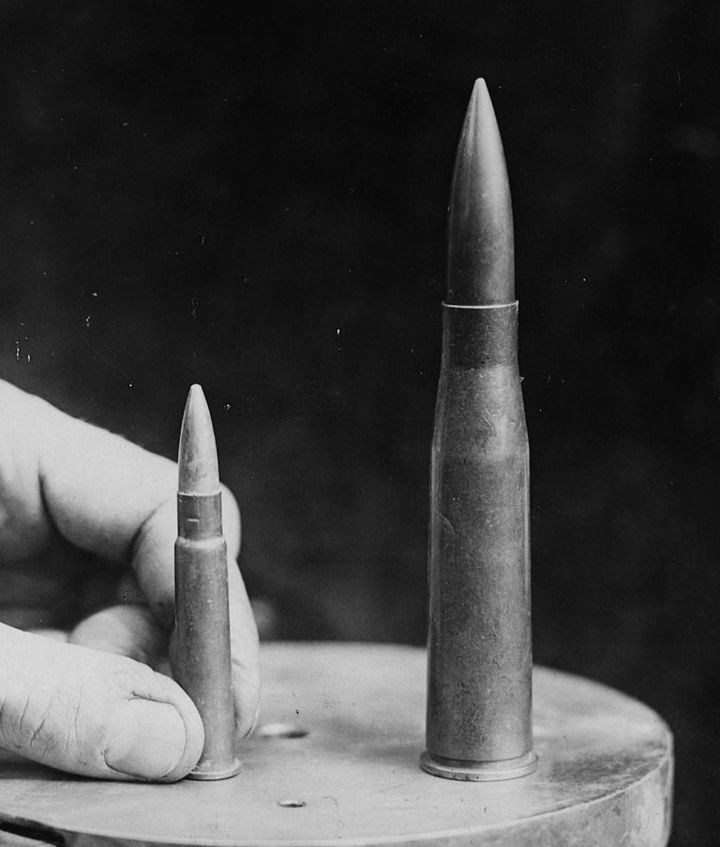
-RBM



